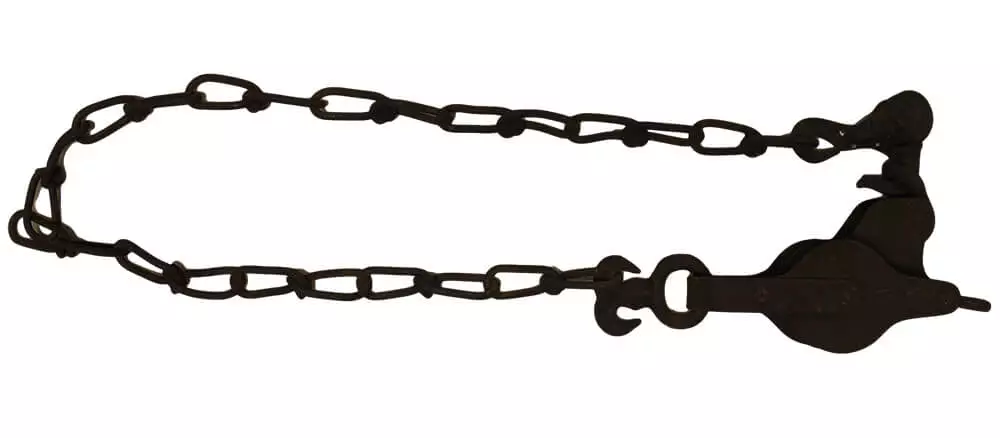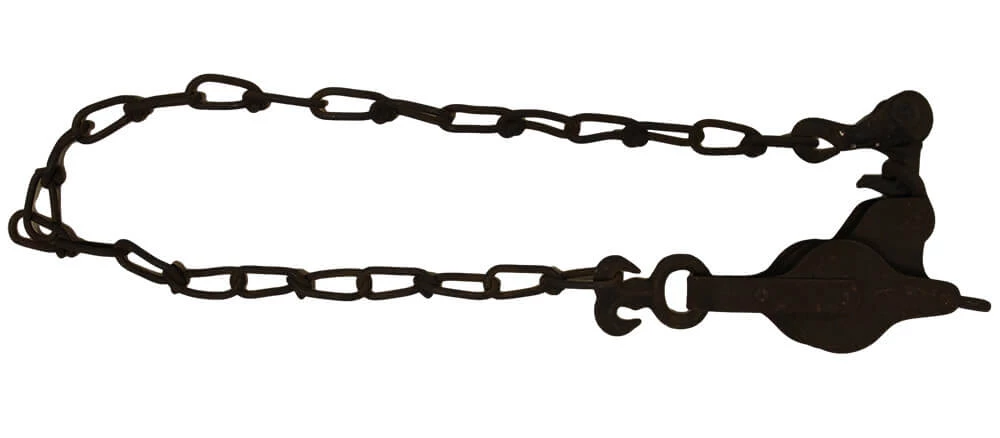Search
Looking for something in particular? Search for it here.
Looking for something in particular? Search for it here.
Largely unchanged since its initial passage in 1819, the Illinois Fence Act provided that adjoining landowners "shall make and maintain a just proportion of the division fence between them."
The law required each farmer to pay for the right half of the fence as he stood facing his neighbor from his side of the property line. Over 100 years later, the Illinois Appellate Court ruled that a landowner with no livestock does not have to reimburse a neighbor for a fence that divides their property.
Live Osage Orange hedges, a dense thorny tree pruned as a shrub hedge and effective at keeping livestock out of farmers’ fields, began to replace split rail fences in the 1850s.
Have you ever seen an Osage Orange hedge?
Look for one the next time you are driving in rural McLean County.
Smooth wire for fencing became readily available around 1870, but was not a dependable deterrent for livestock because it stretched unless woven together. An effective option, barbed wire fencing first became commercially available in 1874.
The first U.S. patent for barbed wire was issued to Lucien B. Smith of Ohio in 1867. Joseph F. Glidden of DeKalb received a patent for the modern invention in 1874. Glidden partnered with Isaac Ellwood to form the Barb Fence Company of Dekalb, but soon sold his stake to C.F. Washburn. Ellwood and his new partner continued to successfully sell “Glidden Steel Barb Wire” for many years under the new company name I.L. Ellwood & Company.
Fence Stretcher, circa 1900

View this object in Matterport
Devices like this were used to ensure that fencing was stretched tightly between posts—a necessary step to keep fences from sagging.
Donated by: Lewellyn Jones
792.237

Wooden posts were necessary for wire fencing until 1916 when Bloomington’s Davis Ewing invented and patented steel reinforced concrete fence posts.
Davis sold these using the savvy marketing name of "100 Year Posts," all but guaranteeing a lifespan of a century or more.
Electric fences became widely used in the 1950s. But as the number of livestock raised in McLean County declined, so too did the need for fencing.
Used with steel posts, electric fences were cheaper to build because less material was required. They effectively kept animals in and, when used with steel posts, required minimal setup and teardown for seasonal grazing.
By the late 20th century most farmers had removed their wooden, wire, or Osage Orange hedge fences. Very few raised livestock, so property lines were tracked using satellite mapping and an occasional marker at field corners.
Many who continued to raise livestock did away with fenced pastures. Instead they invested in specialized buildings.